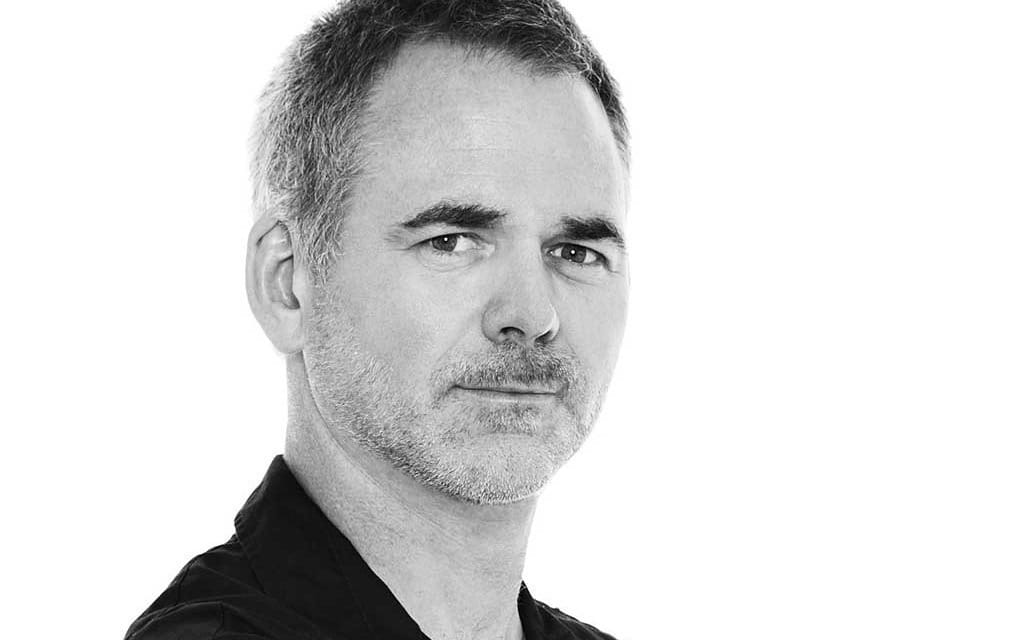“Name the provinces,” I asked Anoop Prakash, managing director for newly-formed Harley-Davidson Canada. Prakash, an American citizen, Midwesterner by birth, and, most recently, head of Harley in India, leaned back in his chair and began. Starting with B.C. and working east, he ticked them off in order, in the manner of a perky smart Jeopardy contestant. (He forgot Prince Edward Island — but who doesn’t?) It was more than a geography review; it was a test of mettle for the man sent from Milwaukee to reform Harley-Davidson in Canada.
Prakash leads a group that took over late last year from importer Deeley Harley-Davidson. Deeley was — from our vantage point as a magazine — an anomaly among motorcycle companies. Most brands are informal in their relationship with media. To receive test bikes we scribble our name on a release in the parking lot, are handed the keys, and off we go. But Deeley was different. Test bikes were more difficult to get than from other brands. A Deeley staffer told me in confidence that employees often used the press fleet as a way to bag a bike for the weekend. (Which, if it’s true, may have made it a fabulous place to work — to hell with media loaners, let the workers do the riding!)
Deeley’s view of Harley-Davidson seemed to be that the brand was above motorcycling. The view has merit. If Ducati vanished as a brand, even the most loyal owners could find solace in an Aprilia or MV Agusta. If BMW abandoned motorcycles, a GS devotee could — given an appropriate mourning period — move on to a KTM Adventure. But Harley’s brand loyalty is beyond compare. To some a Harley-Davidson is the only brand of motorcycle. To ride anything else is unthinkable. And, of course, Deeley knew how loyal its owners were. I wonder if this bred an institutional hubris, a belief that they didn’t need to reach out beyond those already in the queue.
But alongside the Harley-or-the-highway riders, there is a second kind of owner. They are broader in view, and have owned dirt bikes and Japanese bikes and Italian exotics and just about everything else. It may surprise you, but a large number of readers of this magazine ride Harley-Davidsons. Many adore their Harleys, and they have what that other group — and Deeley itself — seemed to lack: a sense of humour.
Despite the swashbuckling legend of Trev Deeley, a Deeley public relations person admonished us because we once wrote that a Harley was not a “proper American motorcycle.” The quote came from a story in which we compared a Gold Wing to a La-Z-Boy. That much should let you know the piece was satirical. (Whether or not it was successful is unsettled. Some readers called it inspired, some insipid. I suspect it landed somewhere between the two.) We drew a parallel between the Gold Wing and a classic American luxury car like a Cadillac or a Lincoln. Smooth, inaudible, isolating luxury was the commonality. A Harley’s throbbing and rumbling engine was, by comparison, “un-American.” “But Alex,” I said to the Deeley representative as an explanation, “we were comparing a motorcycle to a chair in which Steve Thornton reclined in his pyjamas. You can’t be serious?”
Despite having the largest readership of any domestic motorcycle magazine — and a French-language edition serving Quebec — we have not attended a significant Harley-Davidson press launch in years. (The invitation — or not — to a launch is, of course, entirely the prerogative of the manufacturer, but to exclude the entire Cycle Canada and Moto Journal readership is a curious marketing decision.) I once mentioned the odd relationship that seemed to exist between Cycle Canada and Deeley to former editor John Cooper, who sighed and said, “It has been forever thus.” Deeley’s view of motorcycling seemed to discourage dissent, discussion, or even a good-natured piss-taking. It was, for me, deeply disappointing that a brand as muscular as Harley-Davidson could be so insecure.
Anoop Prakash is too smart and too savvy to be drawn into a revealing conversation about the inner workings of Deeley. But the bloodletting of former Deeley staffers suggests that Harley-Davidson believed it was time for a fresh start. The loss of jobs was unfortunate, perhaps unnecessary, but one wonders if the culture within Deeley demanded thorough change. Prakash, of course, isn’t going to confirm my suspicions, and my thoughts remain speculation.
My hope is that the boyish, young (early 40s), Stanford- and Harvard-educated Prakash will signal a sea change in this magazine’s relationship with Harley-Davidson. Prakash told me that Canada is a “significant” market for the manufacturer, and, indeed, there is no other country aside from the U.S. where Harleys so ubiquitously ply the roads. While Prakash may have management chops, he most certainly lacks first-hand knowledge of the Canadian motorcycling scene. To rectify that I’ve invited Prakash to join me on a ride down to the Welland County Motorcycle Club next summer for flat track racing and then a beer in the clubhouse. Maybe he could even get us a few Harleys for the ride — presuming, of course, that he’s willing to lend me a bike.






